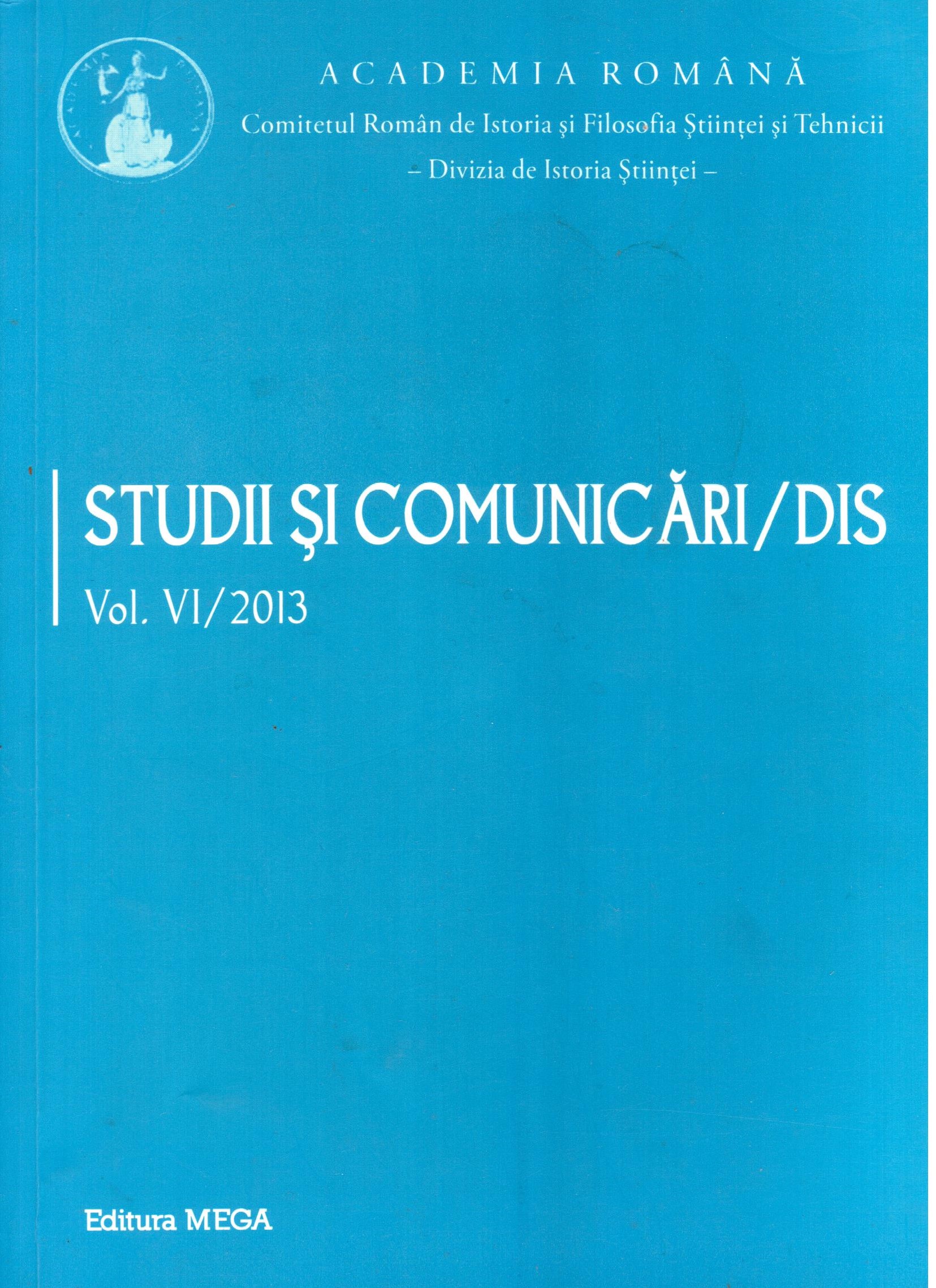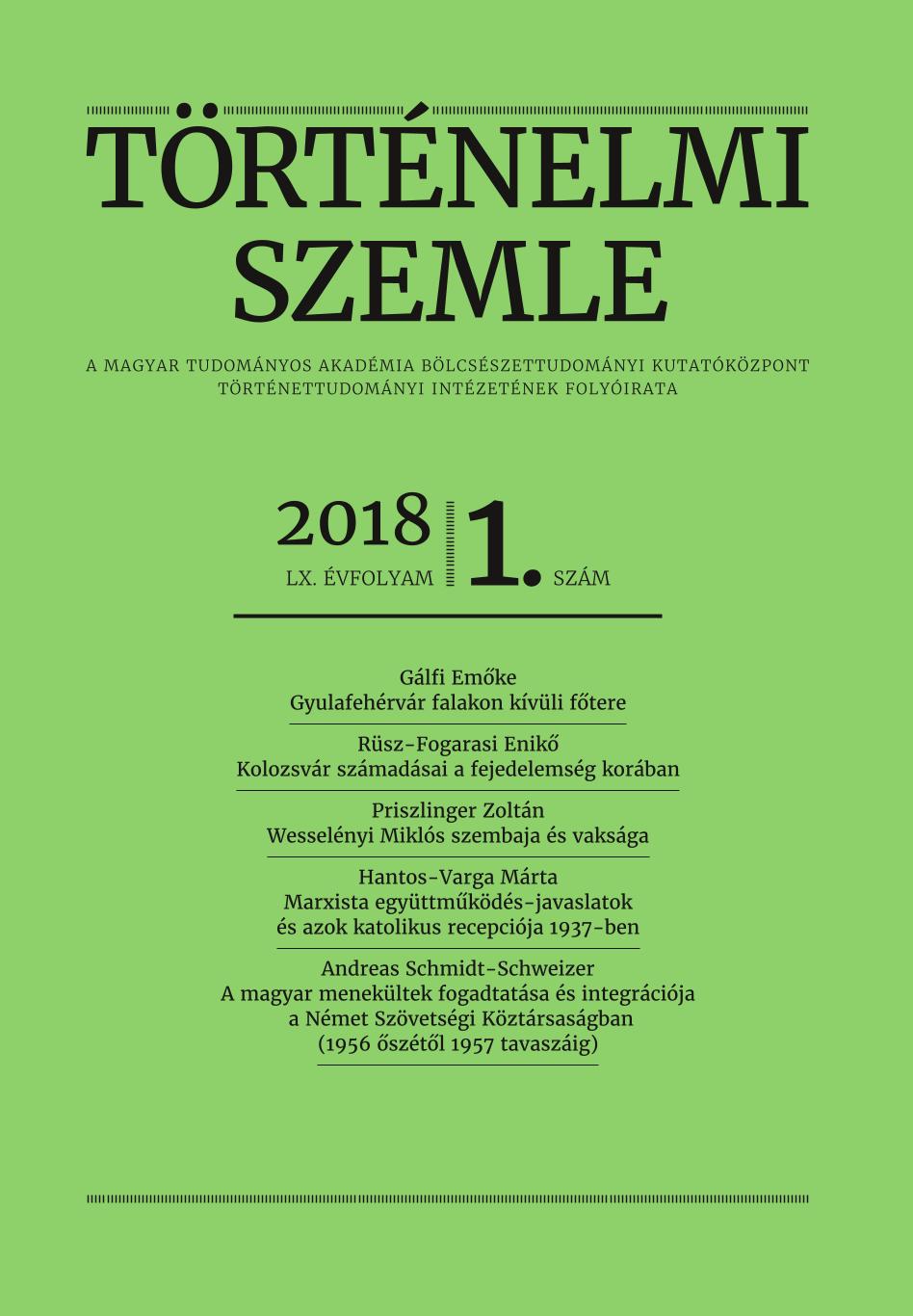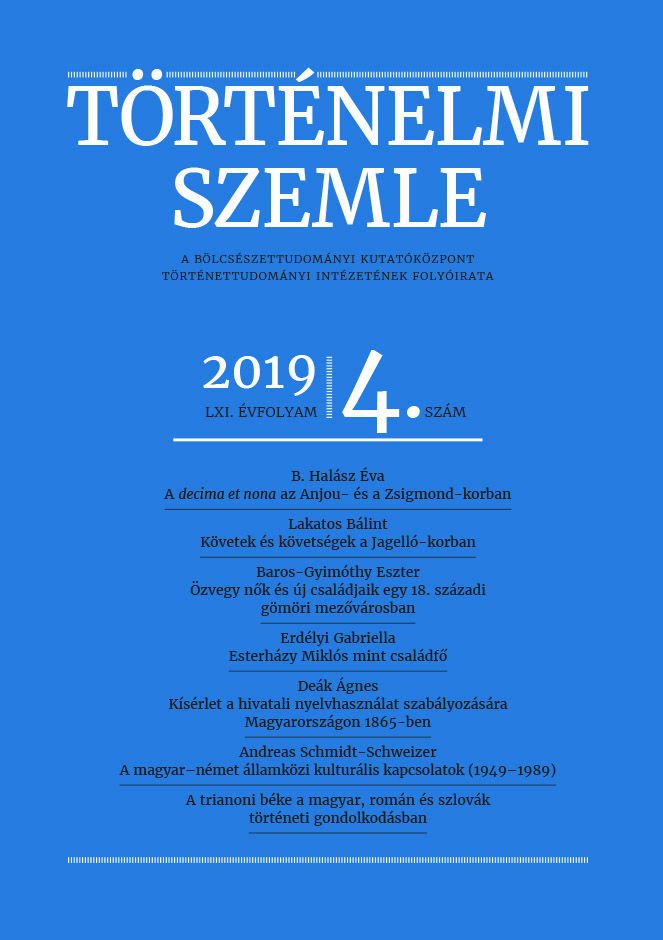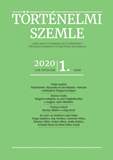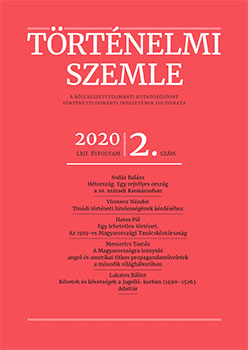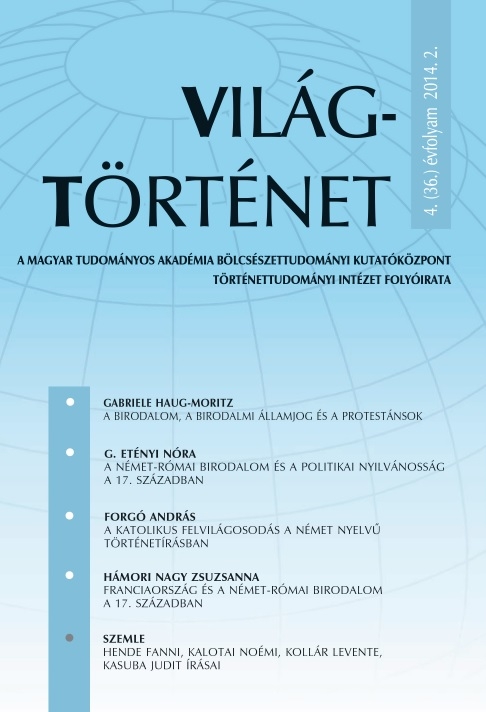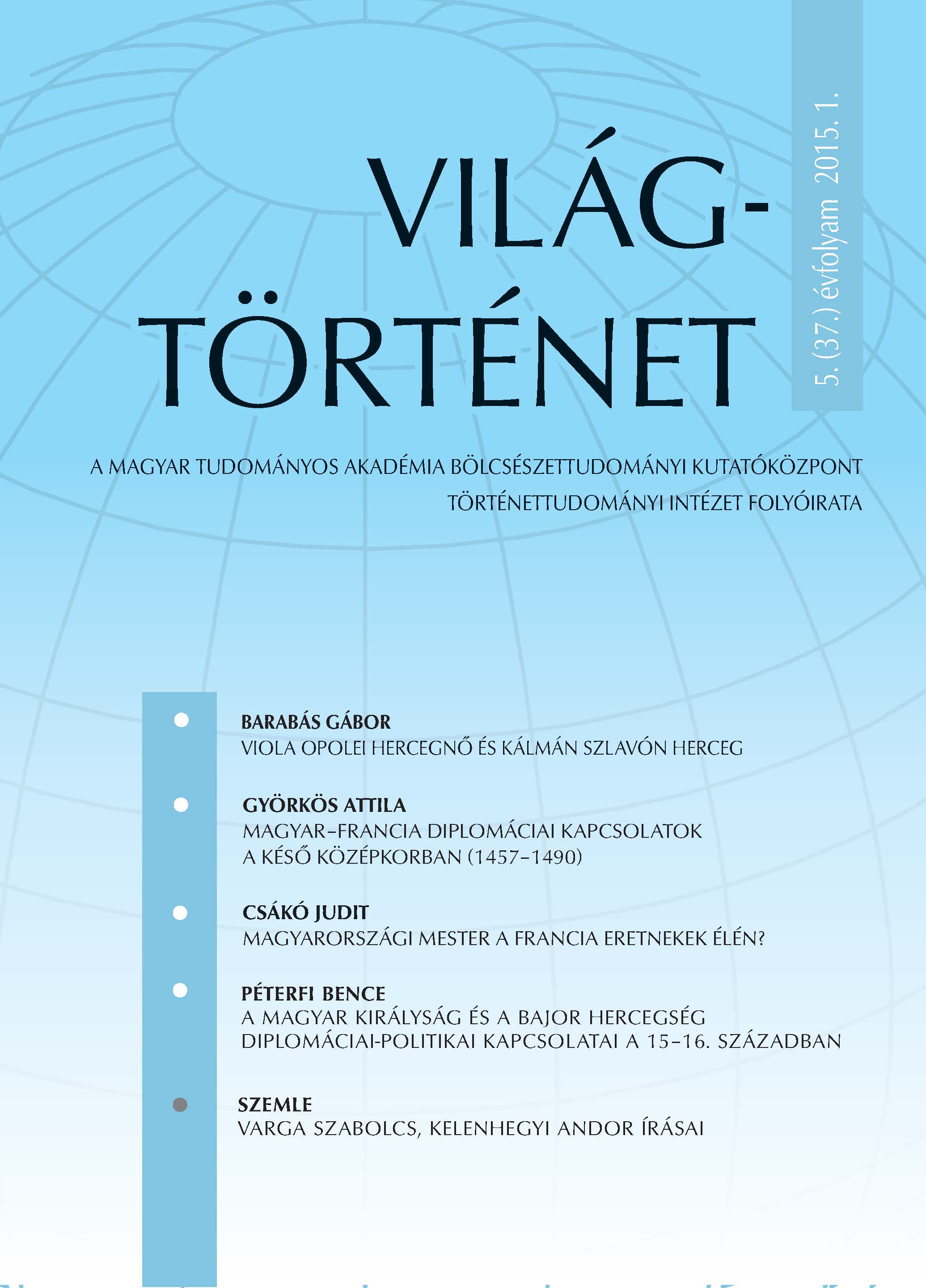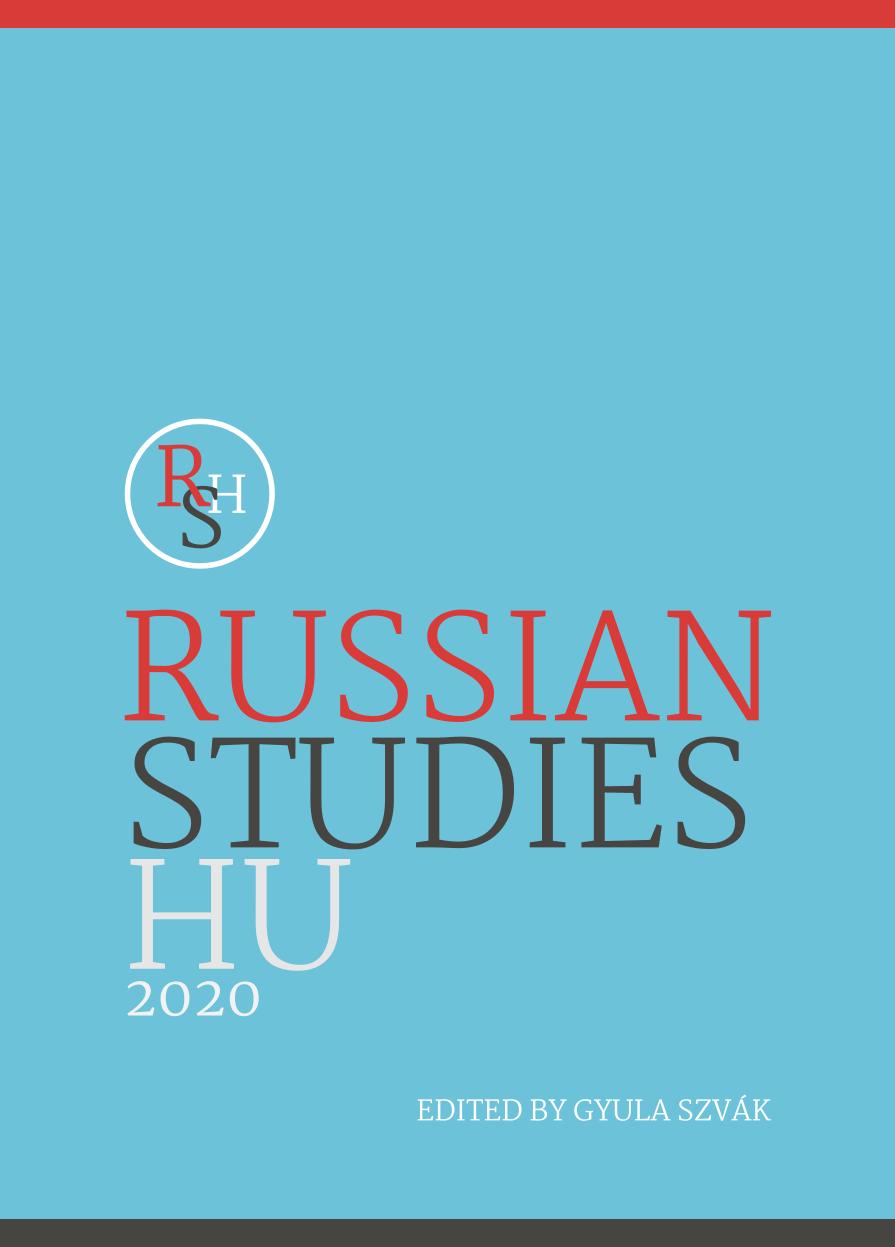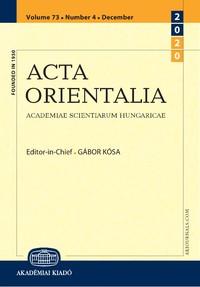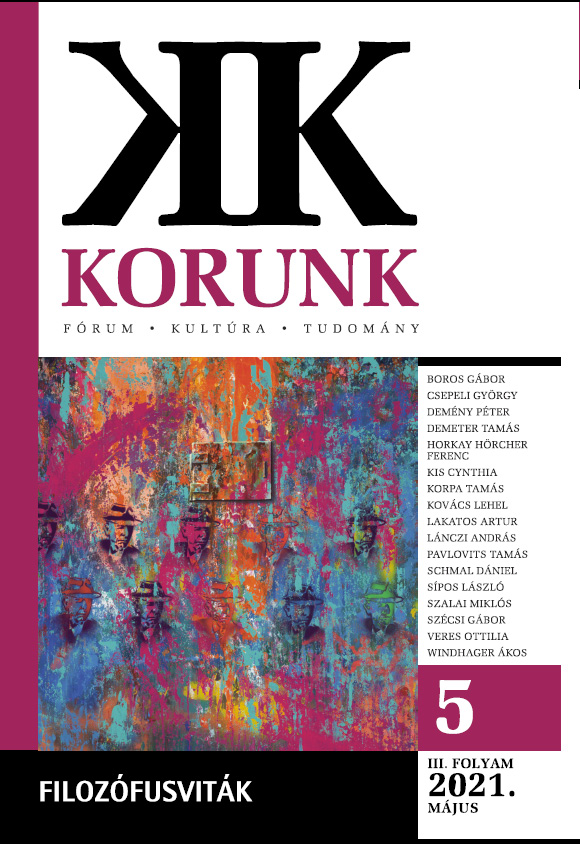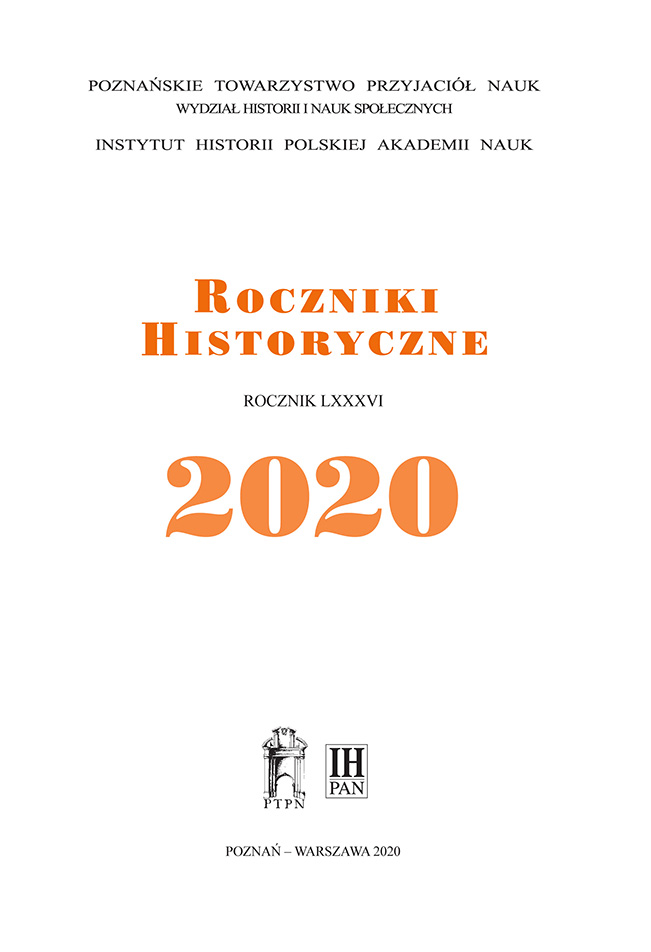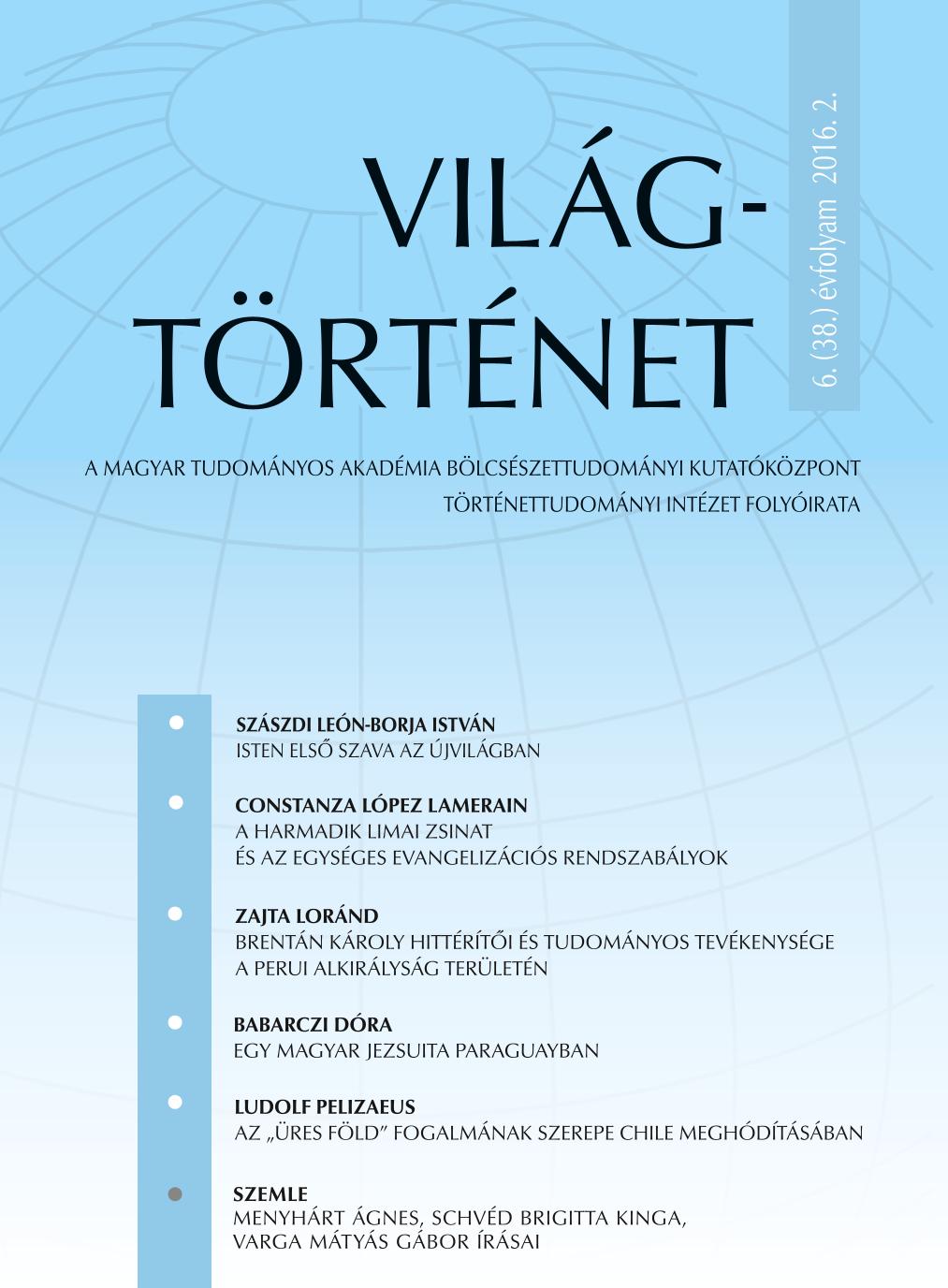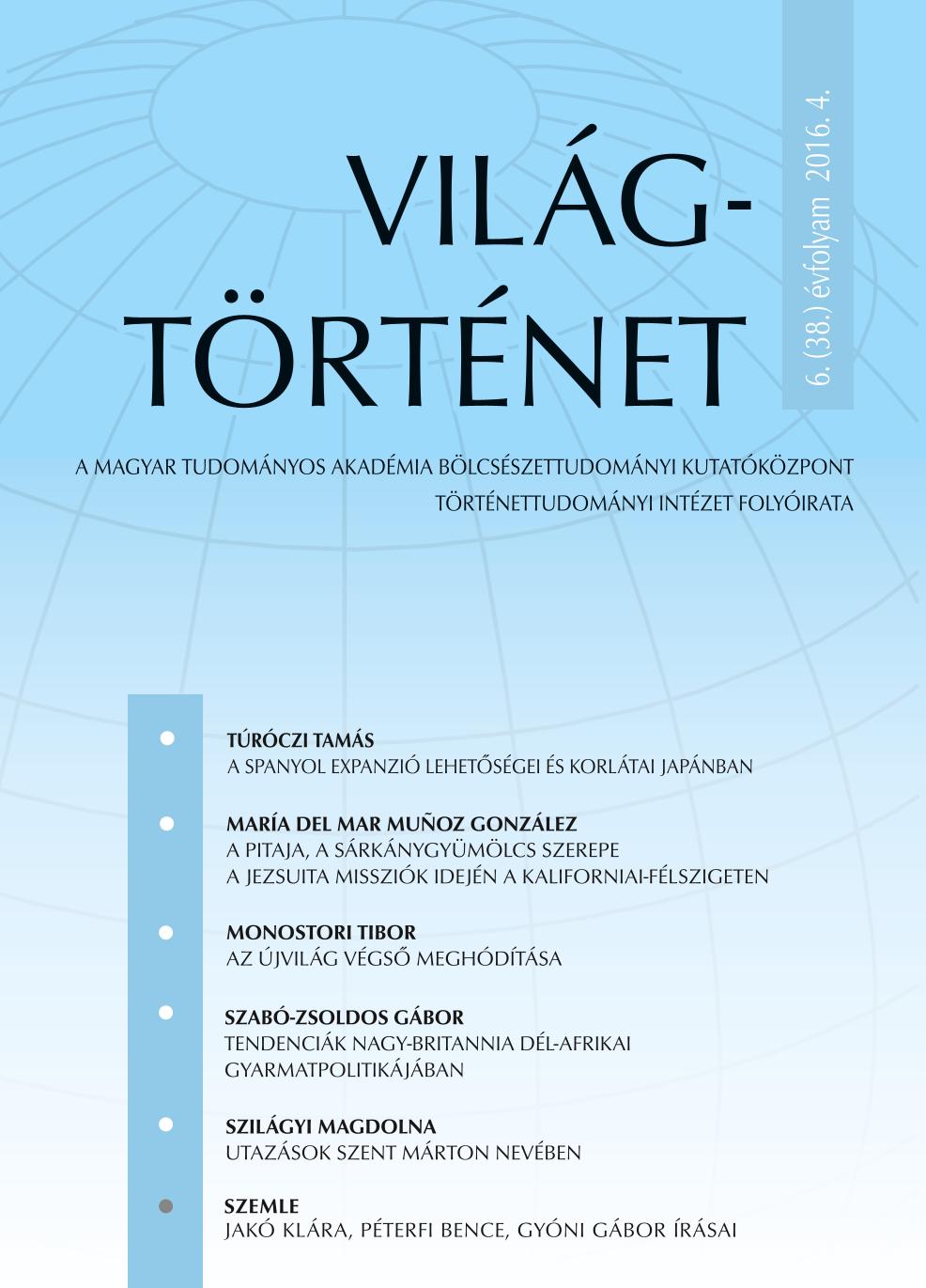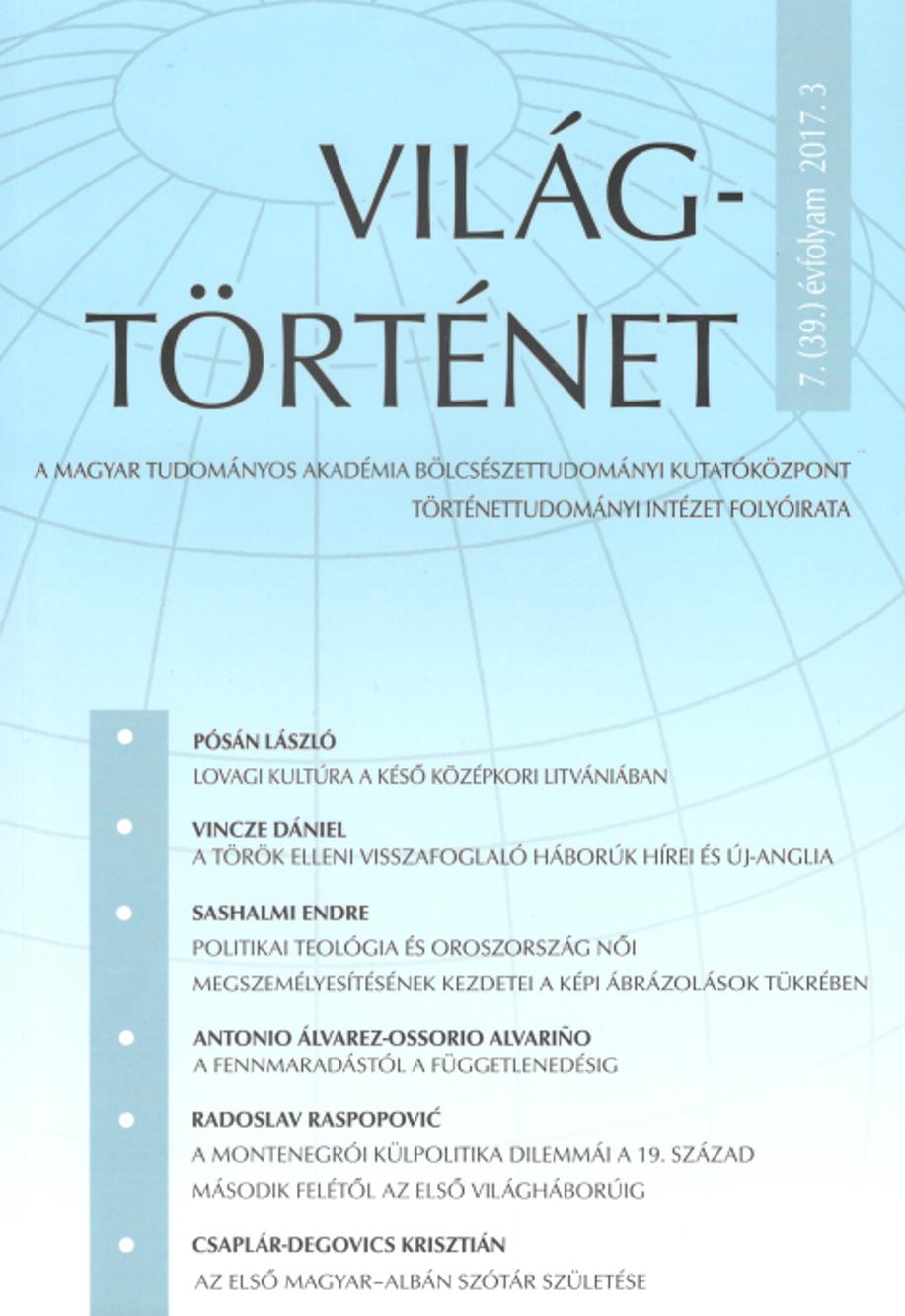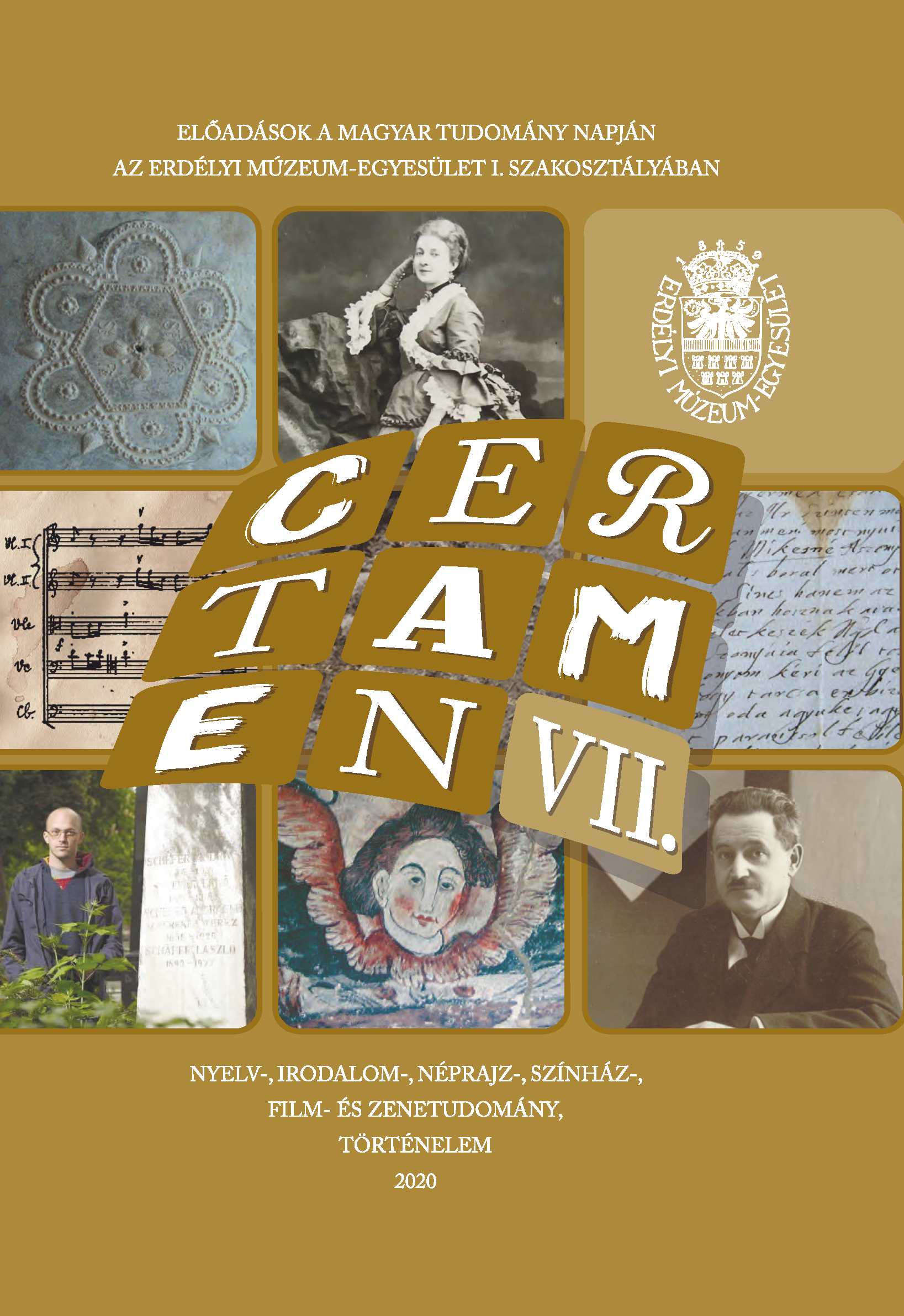
A Magyar Nemzeti Levéltár Országos Levéltára 1526–1570 közötti iratainak adatbázisa és felhasználásának lehetőségei
On the 29th of August 2026 there will be 500 years since the forces of the Ottoman Empire had inflicted a devastating defeat upon the army of King Louis II of Hungary on the plains of Mohács. The tragic event was determinant in several ways. Among others, it is considered to mark the end of the Middle Ages in Hungary. Although the amount of the surviving archival sources for the decades after the battle does not differ from those predating it, their use required a lot more effort from the researchers. All this because – in contrast to the concise database of the pre-1526 documents – the archival records had been dispersed in hundreds of different locations. In the spring of 2016 the National Archives of Hungary started to gather, to digitize and to process its documents dated between the 29th of August 1526 and 1570. Nearly 90,000 digitized documents are being processed in an online database, and the results were first published in the autumn of 2018 (nearly 20,000 records), followed by a second publication in the spring of 2020, but the work is going on. The namespace of the NAH is being developed in parallel with the processing of the documents, too. With the help of these two databases many archival sources may be found on the history of central jurisdiction of the Kingdom of Hungary (and Transylvania) and of the jurisdiction and administration of the counties, as well. Thus, we have the opportunity to establish hitherto unknown genealogical relationships and to promote family, estate, social and local historical research concerning the whole territory of the Carpathian Basin.
More...
